

FALL HUNTING
BY KELSEY WHALEN Sports reporter kwhalen@lewistownsentinel.com
LEWISTOWN — With hunting season starting up in Pennsylvania, let’s gather round and look through the perspective of Victor Matthews, a hunter from the Lewistown area.
In this Q&A, we’ll chat with Victor about his experience hunting and some of his favorite aspects of his hunting journey.
Kelsey Whalen: How long have you been hunting?
Victor Matthews: 46 years.
KW: Do you have any special or custom built weapons for hunting?
VM: I have guns I have purchased or have been given to me that have sentimental value to me. I cherish using them and the memories connected to them. My weapon of choice is my bow and it has my name on it.
KW: What is your favorite hunting memory?
VM: I have a lot of special memories. The people I’ve participated with make them special and have helped with the opportunities to hunt. The game species hunted and killed contribute to that too. So I can’t pick a favorite. I’ve often thought I should write the stories down to always remember and share.
KW: Do you travel to hunt? And if so, where is your favorite place to hunt?
FALL HUNTING
VM: I’ve had the privilege to hunt 7 different states. My favorite I would say was Idaho, but each place is special for the memories that I have of each one. A Barry Wensel quote makes each place special. ‘The journey is more important than the purpose’ I’ve had a lot of great journeys.
KW: What is your biggest trophy?
VM: The biggest trophy? I guess it’s how you want to qualify them as trophies. Some have been a bigger challenge that has been overas a win. As trophies. Some score greater in antler mass (Iowa whitetail 157) or the actual body size. (4 Central Pa whitetail deer 200 lb +) and a
spring gobbler with a 13 3/4” beard.
KW: How have the laws changed for hunting?
VM: Game commission continues to change laws I think to inspire, welcome, and accumulate more hunters. Personally I think it’s the revenue that drives that.
KW: Are there any new ones you agree or don’t agree with?
VM: I’m not in favor of the new Sunday hunting laws. We live in one of the most beautiful states with the fall foliage with a large population. Many non-hunters but nature fall foliage enthusiasts, they have rights to the outdoors too, and to enjoy safely without disturbing hunters or being disturbed
themselves. Let’s share the opportunity with them. I also believe our country, state, and ourselves would be better if we were giving attention to our creator God instead. That’s my opinion, with a lot of disagreement from others, that’s okay, it’s just my opinion.
KW: And how have they (laws) affected you and your ability to hunt?
VM: The law changes haven’t affected me personally much. I work a lot and in my free time I chose to sit in the woods, that’s my peace and serenity. I’ve been very blessed with opportunities and successes that I thank God for.




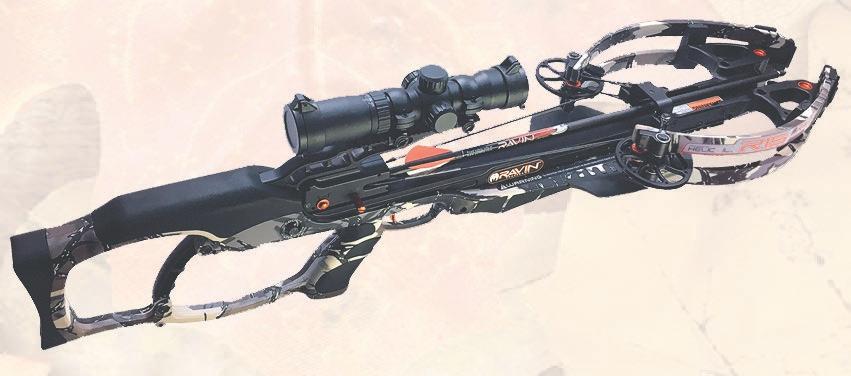
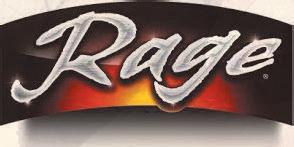
FALL HUNTING
Elk camera returns for another hunting season
HARRISBURG — With the September peak of Pennsylvania’s elk rut right around the corner, you can get a jumpstart on viewing some of those bugling bulls through the Game Commission’s Elk Cam.
The Game Commission again has installed a camera on State Game Lands 311 in Elk County,
a hub of elk activity, as the bugling season heats up. Video and sound from the camera are being livestreamed at www.pgc. pa.gov, and viewers can expect not only to see elk, but turkeys, deer, possibly a bear, and other wildlife as well.
Elk in the coming weeks will ramp up activ-
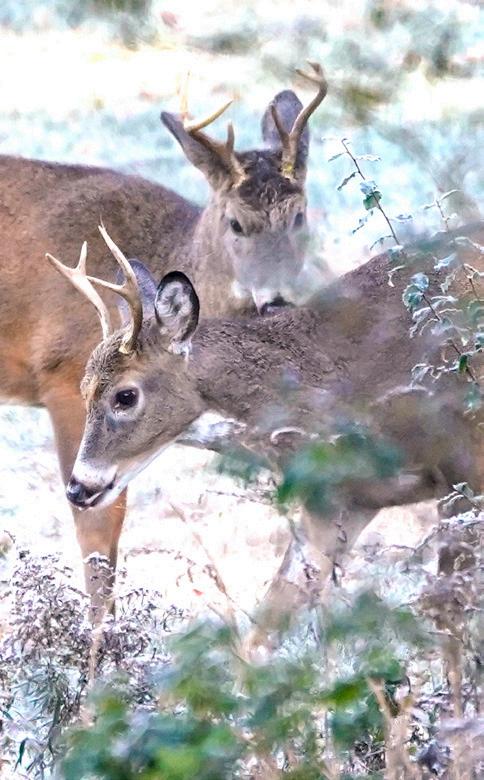
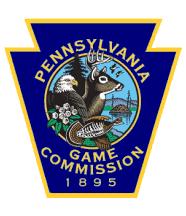
ity – with bulls becoming more vocal and competing with one another for available cows. Enjoying the show is just a few clicks away.
animals and the spectacle of their bugling season draws onlookers to the
elk range each year, sometimes from hundreds of miles away,” said Game Commission Executive Director Bryan Burhans.
“Witnessing that action, anywhere you go, without having to make a trip, is part of why the Elk Cam so popular. The Game Commission is proud to bring it back for yet another run.”
The livestream is provided by HDOnTap and made possible with the help of the North Central Pennsylvania Regional Planning and Development Commission.
“HDOnTap is very excited to partner with the Game Commission for another year of wild-
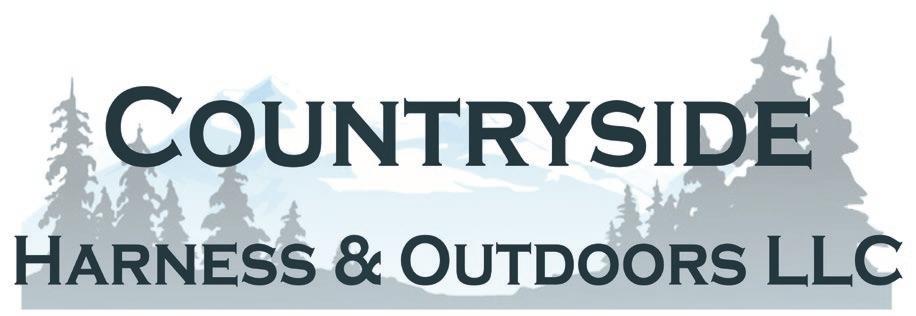
Hunting • Fishing • Camping
Tumblers & Coolers


Cornhole Games
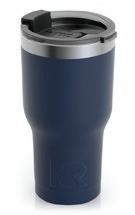

life viewing on the live cam in elk country,” said Kate Barone, Director of Marketing with HDOnTap. “Year after year, the Elk Cam is live streamed to more than 1 million screens nationwide. This live cam’s allure lies in its unpredictability, showcasing the diverse wildlife of Pennsylvania in all its glory,” she added.
The Elk Cam is slated to run until the end of the bugling season, likely sometime in mid-October. The top time to see elk on camera is late in the afternoon.










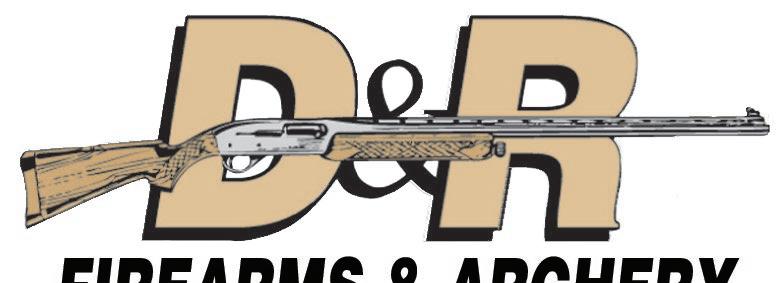
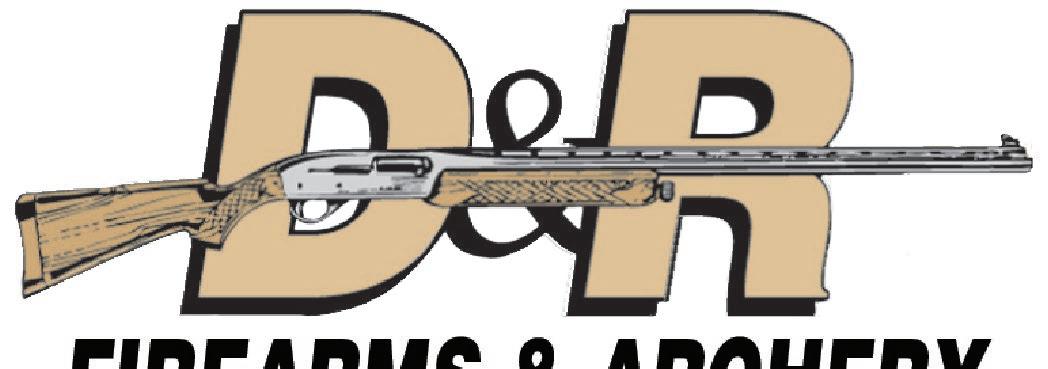


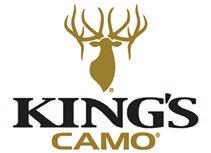

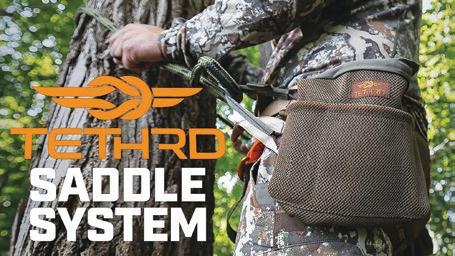
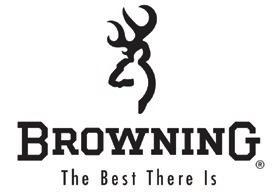


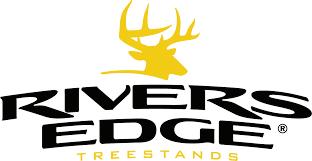





AP photo
A young antlered deer grazes on the edge of the woods
AP photo
A pair of young antlered deer graze on the edge of the woods in a frost -
HARRISBURG The Pennsylvania Fish and Boat Commission (PFBC) issued a strong advisory to encourage anglers who catch invasive Northern Snakeheads in the lower Susquehanna River, and elsewhere in the Commonwealth, to report
caught.
This advisory follows multiple Northern Snakehead captures in Conowingo Reservoir by anglers and natural resource agency biologists this summer, including theern Snakehead reproduction in the reservoir. The PFBC and partner natural resource agencies have been conducting surveillance monitoring for Northern Snakeheads in the lower Susquehanna River since May 2020, Conowingo Dam during-
sage. While Northern Snakehead abundance currently appears to be low in Conowingo Reservoir, documentation of reproduction is concerning. The Northern Snakehead is an invasive species, in contrast to native species like American Eel that play an ecologically important role in the aquatic community, or species naturalized in the river system like Smallmouth Bass that support a world-
“Northern Snakeheads are voracious predators and may cause declines in and may inhibit recovery efforts for species of conservation concern in the region such as American Shad and Chesapeake Logperch,” said Sean Hartzell, PFBC Aquatic Invasive Species Coordinator. “This is a critical time to protect the Susquehanna River from further expansion of
FALL FISHING
invasive Northern Snakeheads by removing them to reduce adverse impacts.”
In response to these re-
Reservoir, which is managed jointly by the PFBC and the Maryland Department of Natural Resources, the PFBC is reminding anglers to harvest or properly dispose of any Northern Snakeheads caught and report captures from Pennsylvania waters to the PFBC at the following link:
com/Conservation/AIS/ Pages/default.aspx).
Anglers are reminded that possession, transport, and importation of live snakeheads is illegal in both Pennsylvania and Maryland, and violations of these regulations may incur legal consequences following investigation by conservation law enforcement professionals. In Pennsylvania and Maryland, Northern Snakeheads have no size or creel

limits and may be taken by hook and line, as well as by
Harvest is strongly encouraged and anglers in possession of a Northern Snakehead must imme-site. Because Northern
Snakeheads are tough, air survive outside of water for extended periods of time, it is recommended to kill them by removal of the head, removal of the gill arches, or removal of the internal organs. Northern
Snakeheads produce white -
ered desirable table fare. Carcasses may also be disposed of appropriately in the trash or used as garden fertilizer.































































Over 350 Brands of Beer Under One Roof Domestics and Imports















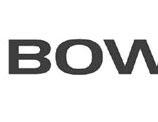
























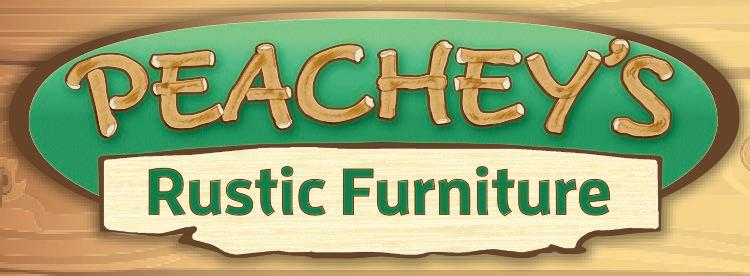






















Large selection of Craft bews and non-alcoholics. Over 50 brands of hand rolled imported cigars and accessories special orders welcome!






































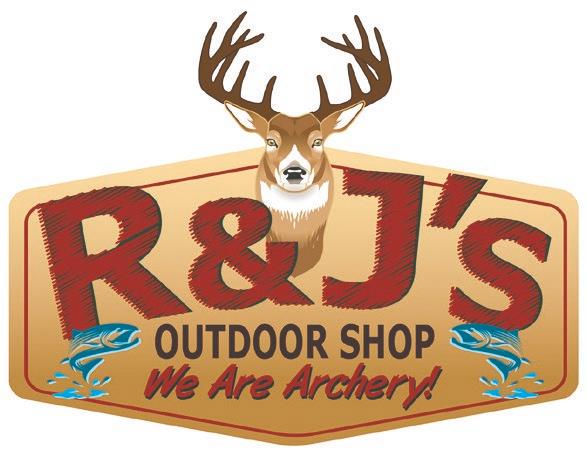

























































































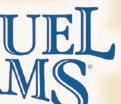























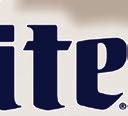
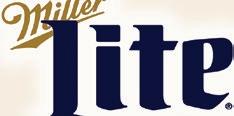






















Photo courtesy of Pa. Fish and Boat Commission
An invasive Northern Snakehead collected in the Conowingo Pool, lower Susquehanna River in July 2023.
FALL HUNTING
DMAP permits obtainable on state game lands for hunters
HARRISBURG — Pennsylvania’s Deer Management Assistance Program (DMAP) is available on some state
in the 2023-24 hunting seasons.
Through DMAP, hunters can get permits that allow them to harvest antlerless deer – one per tag – on the the permit was issued.
DMAP has been around for years, but previously was offered only on other public lands and private lands to help landowners achieve land use goals and/or to limit the spread of chronic wasting disease. But it’s needed on some state game lands now as well, said Game Commission Forestry Division Chief Paul Weiss.
Forest management conducted on state game lands is intended to create the best variety of habitat for wildlife, a desirable distribution of tree age classes, including early successional forest. But, Weiss said, overbrowsing attributable to deer is limiting the success of those efforts.
“We cannot successfully re-establish new age classes and get them through to maturity if we cannot get the seedlings beyond deer browse height,” Weiss said.
He pointed to State Game Lands 100 in Centre and
example of what’s going on. It was hit hard by spongy moths between 2006 and 2009, so the Game Commission did salvage harvests, treated the area with herbicides twice and conducted prescribed
Together, that opened the canopy enough that a new forest should be growing.
“But if you stand up there and spin in a circle, as far as you can see, there’s no vege-
tation taller than the height of the ferns,” Weiss said.
Dig beneath the ferns
red maples as big around as your thumb, he noted. But they can get no taller before
that continues, that wouldelsewhere – “have no future,” he said.
That’s bad not just for the trees, but for the deer and a wide range of other wildlife, ruffed grouse among them, that need young forest to thrive, he said.
The Game Commission has tried to overcome deer browsing using fencing, but that’s expensive. Weiss noted that, over the past two years, deer fence installation costs increased by about 50%, to about $579 an acre.
Hunters can help control deer in those situations, Weiss said. But by excluding state game lands from DMAP previously, hunters often had greater incentive to hunt elsewhere.
Weiss pointed out that Pennsylvania’s Department of Conservation and Natural Resources (DCNR), which
ests, and Allegheny National Forest both use DMAP. They are two of the state’s three largest public landowners, with the Game Commission being the other.
The state’s two largest private landowners, Collins Pine and Lyme Timber Co., use DMAP, as well.
All have property either adjacent to or surrounding state game lands.
State Game Lands 34 in for example, is completely surrounded by DCNR lands enrolled in DMAP. State Game Lands 29 in Warren County is completely surround by Allegheny National Forest, while State Game Lands 24 in Forest and Clarion counties is bounded by Allegheny National Forest on one side and Collins Pine land on the other.
“This means in areas
overbrowsing problems, oftentimes hunters are incentivized to hunt on lands surrounding game lands because of the additional tags and opportunities,” Weiss said.
MOUNTAIN SIDE SHOE SHOP


So this season, the Game Commission is turning to DMAP on game lands in the Northwest, Northcentral and Northeast regions to better achieve its goal of creating healthy wildlife habitat while also providing more opportunities for hunters.
Game Lands enrolled were chosen using a thorough, targeted process that included developing individual land management plans for each.clude only those where every other option to promote successful forest habitat regeneration – from opening roads to increasing deer hunter access to creating deer hunter focus areas to fencing – were

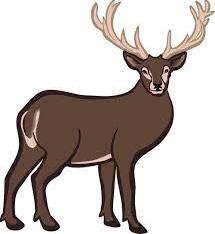

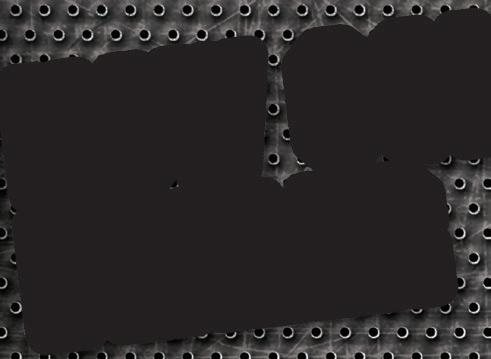


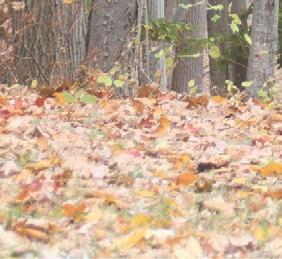


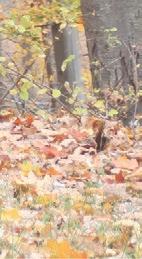
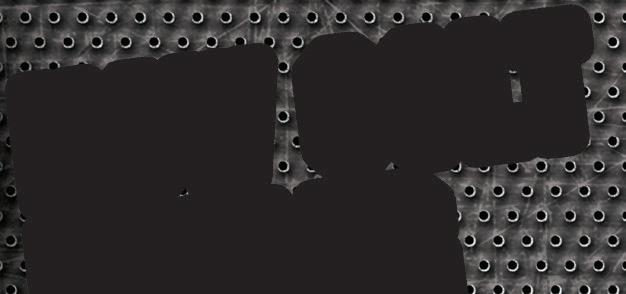


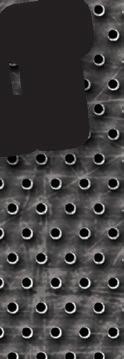










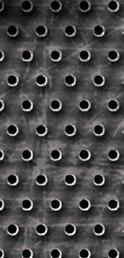
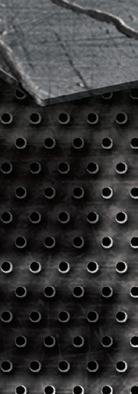



















































































































FALL FISHING
Clean vessel act grant accepting applications
HARRISBURG The Pennsylvania Fish and Boat Commission (PFBC) is excited to announce the availability of funding through the Clean Vessel Act (CVA) grant program.
This is a federal grant program administered by the U.S. Fish and Wildlife Service that funds the construction, renovation, operation, and maintenance of pumpout stations and waste reception facilities for recreational boats. The PFBC has received funding under the CVA grant program and is looking for interested partners to utilize these funds. The program was cre-

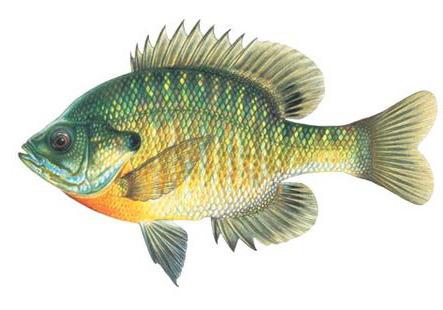

ated to help reduce pollution from boat sewage discharges into U.S. waters. CVA grant funds are -
plicants within both the public and private sector, including all local governmental entities and private businesses that own and operate boating facilities and are willing to keep the pumpout stations open to the general boating public.
Grants awarded through this program will reimburse recipients for up to 75% of the installation cost of pumpout and dump stations. This includes the cost of new equipment or the renova-
tion or upgrading of existing equipment, as well as any other materials or equipment needed for
station. Grant recipients are responsible for at least 25% of the proposed project cost which can be cash or the fair market value of any in-house labor or materials, or a combination thereof.
Under the CVA program, all recreational boats must have access to the pumpout or dump stations for a period of ten years.
Applications must be submitted to the PFBC by October 23, 2023.
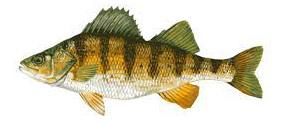

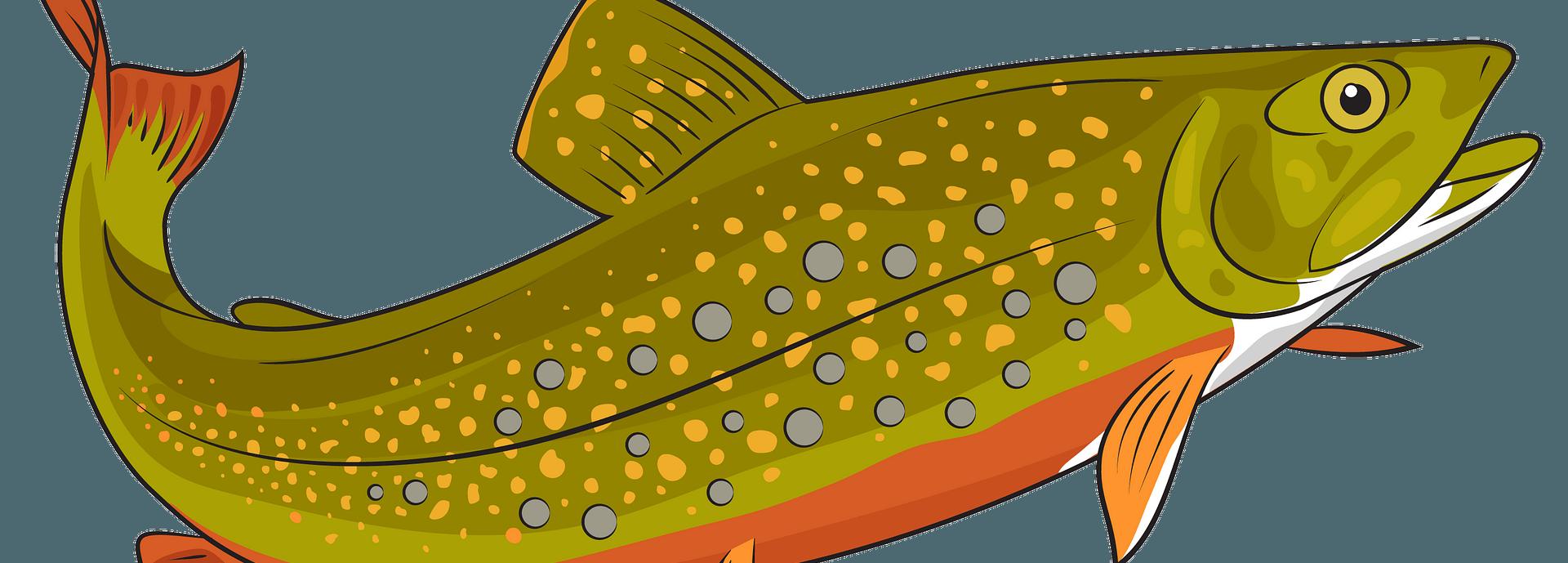
SHOE SHOP
FOOTWEAR FOR MEN, WOMEN & CHILDREN
QUALITY OPTICS
Swarovski • Leica • Zeiss • Nikon • Leupold • Kowa Vortex • Nightforce


Thermal Imaging Optics From Pulsar • ATN • Zeiss Swarovski
• Thermal Viewers
• Thermal Rifle Scopes
• Thermal Clip-On Attachments











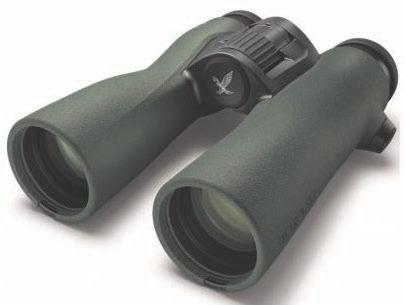
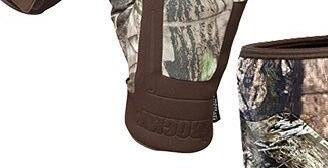
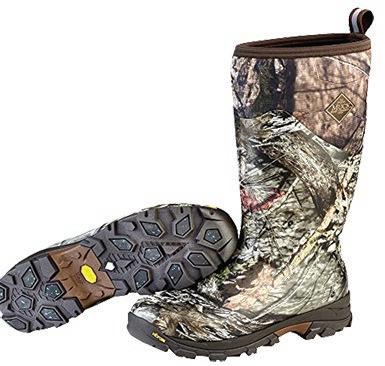

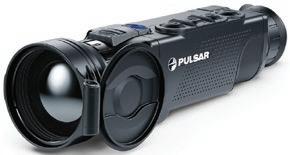

SNEAKERS
Skechers • New Balance
Propet • Columbia So Spot • Oboz
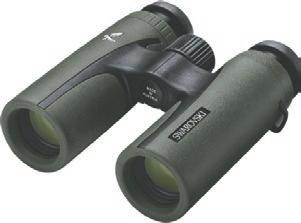
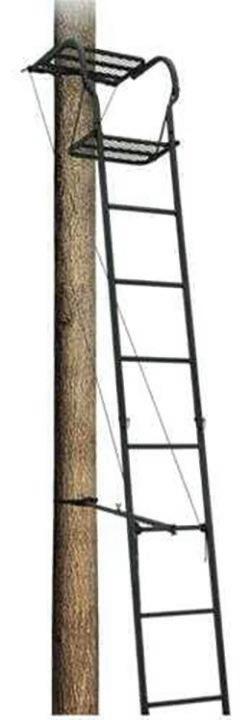
WESTERN, HUNTING, HIKING & WORK BOOTS
Wolverine • Carolina • Red Wing
Danner • Vasque • Rocky
Muck • Irish Setter • Double H
Dryshod • Justin
Merrell • Kenetrek

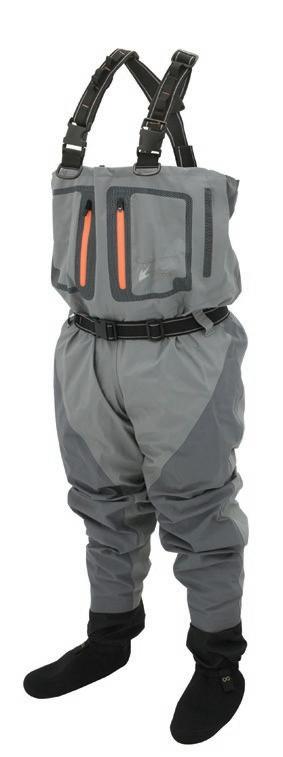


FALL HUNTING
Game commission names Moawad BATS director
HARRISBURG The Pennsylvania Game Commission recently promoted Lindsay Moawad to director of the agency’s Bureau of Automated Technology Services.
Moawad replaces Deana Vance, who previously was promoted to Deputy Executive Director of Administration.
Game Commission Executive Director Bryan Burhans said Moawad, ined from her years of experience working within
the Game Commission’s Bureau of Automated Technology Services, where she’d headed the data resources division since 2017. Moawad came to the agency in 2001 as an application developer in the Bureau of Automated Technology Services.
“Lindsay hit the ground running in her new position and I’m sure she’ll continue to excel in her new role,” Burhans said. “She’s brought with her a lot of experience useful in carrying out the import-
ant responsibilities of her new job, and she’s putting it to work.”
As bureau director, Moawad is responsible for the agency’s technology needs including leading an IT staff that’s made up of three divisions: networking and support, data resources, and geographical information. Those divisions maintain the infrastructure, maps, various websites and databases.
“I’m excited for this leadership opportunity
and I’m surrounded by a dedicated team that will help us to achieve the agency mission,” Moawad said. “Main goals are to continue to modernize and improve our infra-ciency, and focus on creating positive customer experiences,” she added.
Moawad is a native of Johnstown, Pa. who received her Bachelor of Science degree in Business Information Systems from Shippensburg University.
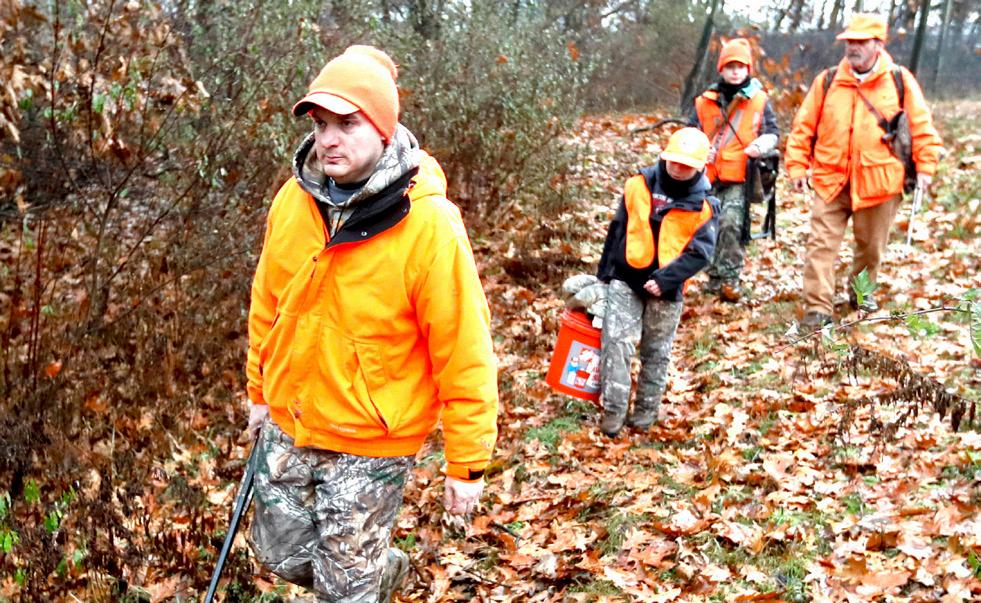
Chronic Wasting Disease Management Areas altered
HARRISBURG — The Pennsylvania Game Commission has made changes to the state’s Chronic Wasting Disease Management Areas (DMAs) including the creation of a new DMA, the expansion of an existing DMA, and reduction of an existing DMA.
The new DMA 8 was created as a response to two recent CWD detections in road-killed deer in Dauphin County. The newly established DMA includes portions of Dauphin, Lebanon, Northumberland, and Schuylkill counties, and is about 660 square miles
time CWD was detected in free-ranging deer on the east side of the Susquehanna River.
DMA 3 will expand following the detection of CWD in a road-killed adult female deer in Indiana County. The boundary will generally expand south to Route 259 near Brush Valley, south along Route 119 to Black Lick, west to Clarksburg and Shady Plain, and follow Route 210 north to meet the current boundary. DMA 3 is located in western Pennsylvania and includes portions of Armstrong, Cambria,
diana, and Jefferson counties.
The size of DMA 4 in Lancaster County will be reduced this year after the area around the original CWD-positive captive facil-
years without any additional CWD detections. The northern boundary will be retracted to Interstate 76 while the remainder of the DMA stays the same. CWD has not been detected among free-ranging deer in DMA 4.
A map of the DMAs can be found at the “CWD Interactive Map” tab on the Game Commission’s CWD webpage - https://www. pgc.pa.gov/Wildlife/WildlifeHealth/Pages/ChronicWastingDisease.aspx
DMA 8 opportunities
Because DMA 8 is new, those who live and hunt in the area will need to become familiar with the regulations now in place there to help limit the human-assisted spread of CWD.
For hunters, there also will be additional opportunities to harvest antlerless deer in DMA 8. Within DMA 8, the Game Commission is using the
Deer Management Assistance Program (DMAP) to increase the antlerless deer harvest around the sites where CWD-positive deer were detected. Hunters are able to get additional permits to hunt and harvest antlerless deer there.
The new DMAP unit associated with DMA 8 is DMAP Unit 6396. The unit is more than 140,000 acres, located within Dauphin, Northumberland and Schuylkill counties and includes portions of State Game Lands 210 and 211, and all of State Game Lands 264. A map of DMAP Unit 6396 will be available at the DMAP participating properties page at www. pgc.pa.gov.
More than 5,600 DMAP permits for DMAP Unit
6396 were allocated. They can be purchased anywhere hunting licenses are sold, including online hunter can buy up to two DMAP Unit 6396 permits. Each permit costs $10.97.
CWD regulations and testing
With CWD detections on the rise, antlerless deer license allocations for the upcoming hunting season were increased in Wildlife Management Units affected by CWD. The harvest numbers will then be monitored to determine if the increase in allocation wasment goals. If not, other options will need to be considered, including extending the season length in
MILITARY GRADE TACTICAL VESTS &
these areas to create more opportunities for hunters.
The Game Commission conducts road-killed deer surveillance year-round so there is potential for the boundaries to change prior to the hunting seasons. Be sure to check online for the most up-to-date boundaries.
Within all DMAs and
the CWD Established Area (EA), it is unlawful to: Remove or export any deer or elk high-risk parts (e.g., head, spinal column, and spleen) from a DMA or EA, unless going to a Game Commission-approved cooperating processor. Deposit high-risk parts on the landscape away from harvest location.
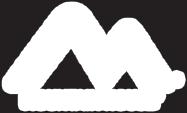

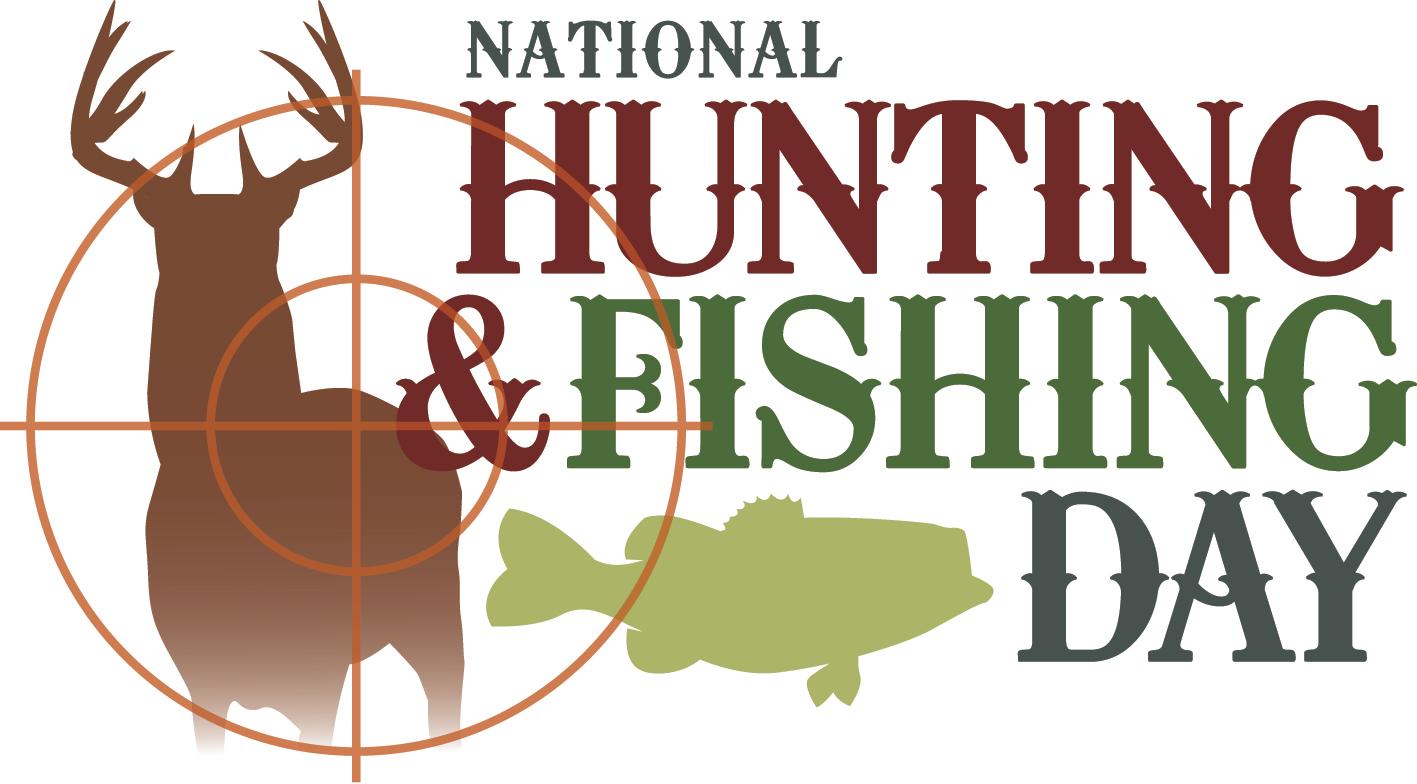
Dominick Cerminaro, left, leads his sons, Paul Cerminaro, center left, Santo Cerminaro, center right, and his father, Santo Cerminaro, right, into the woods to go deer hunting. (AP photo)
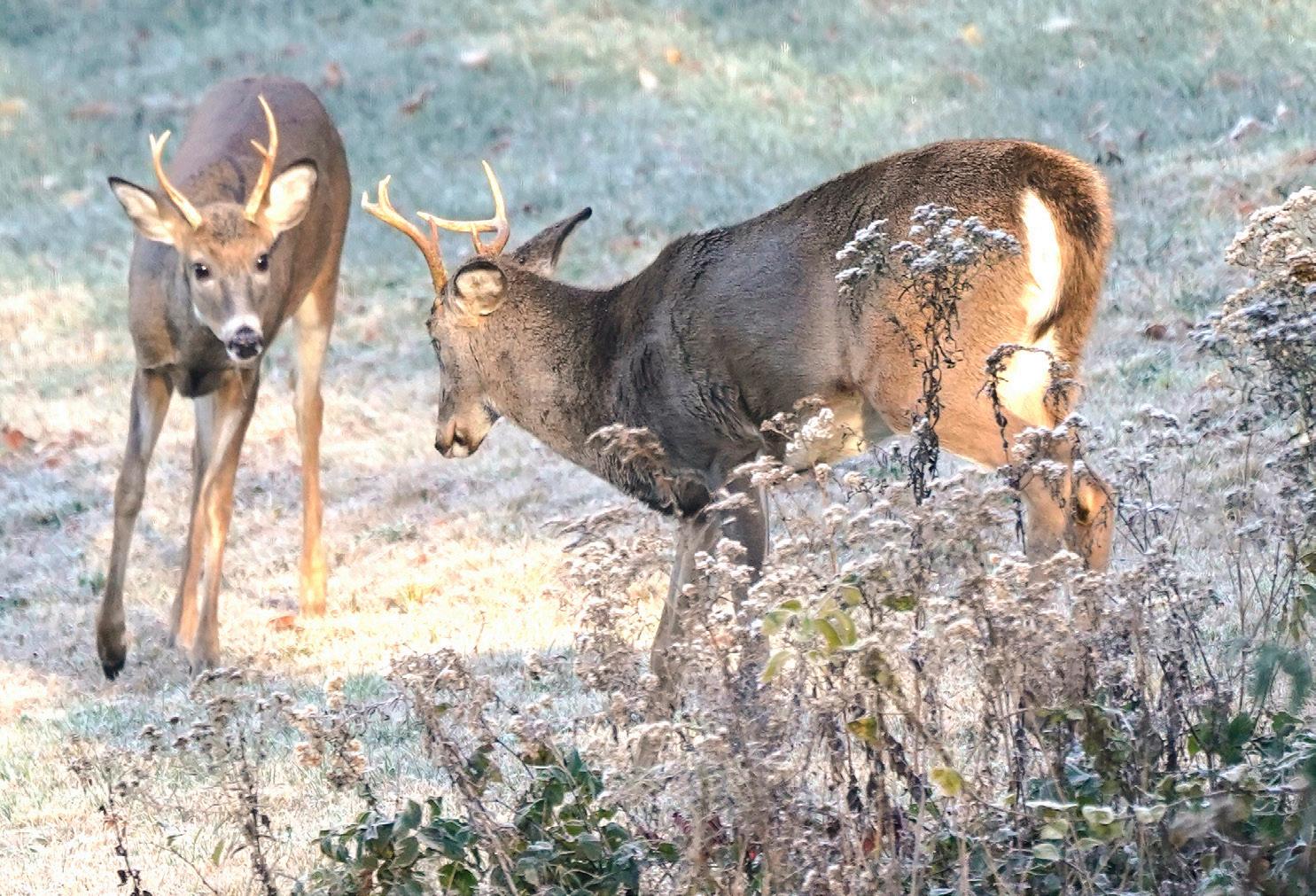
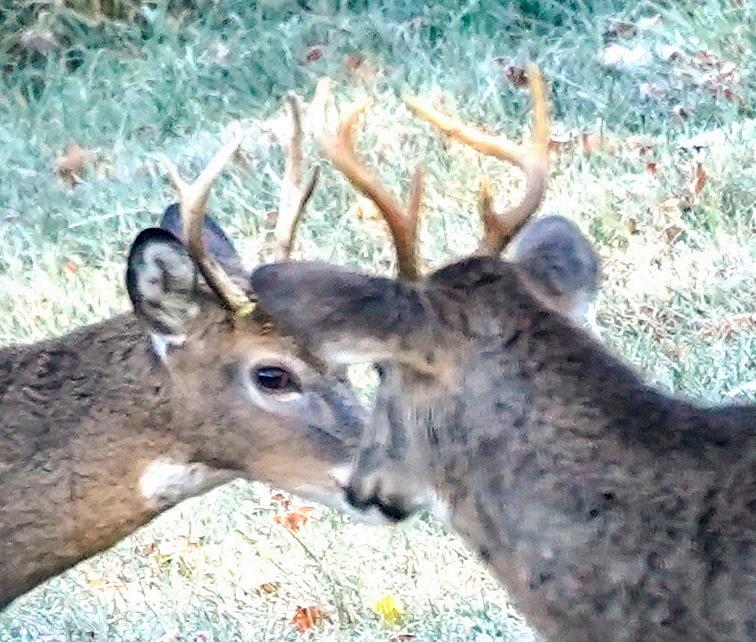










AP photos
Above, young antlered deer play. Middle, a pair of young antlered deer graze on the edge of the woods in a
Bottom, Santo Cerminaro, heads into the woods to go deer hunting.
